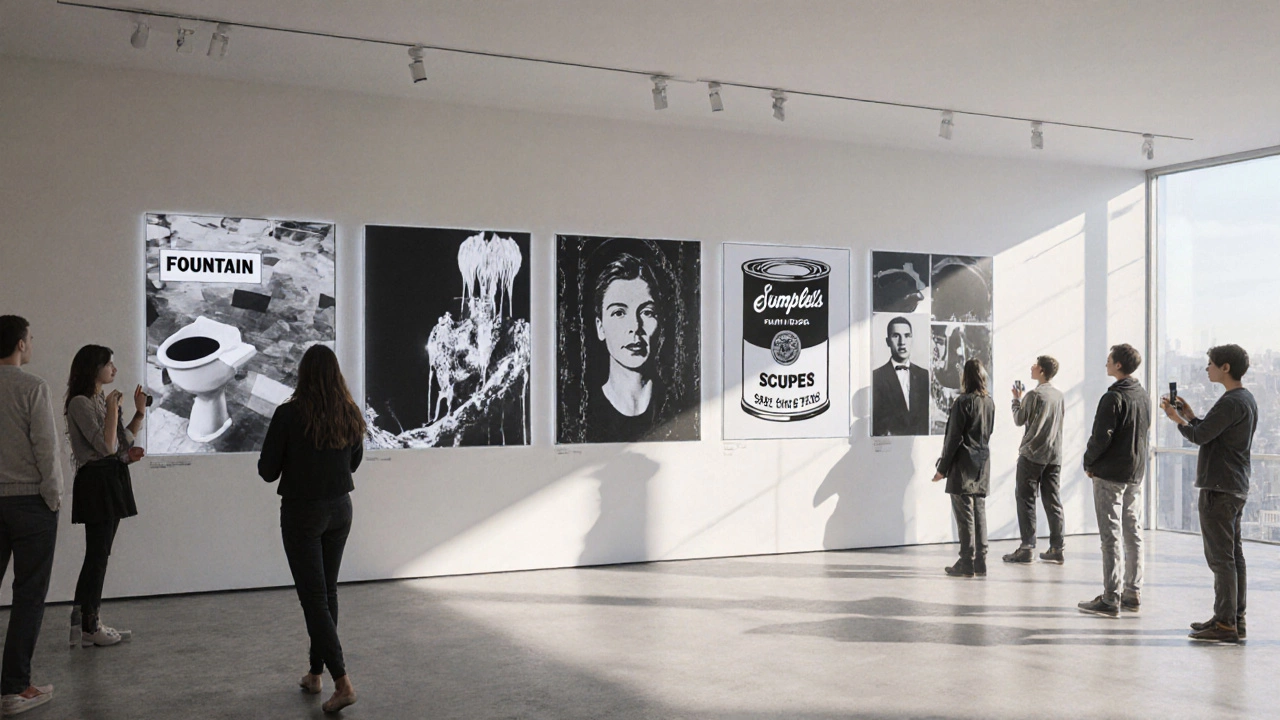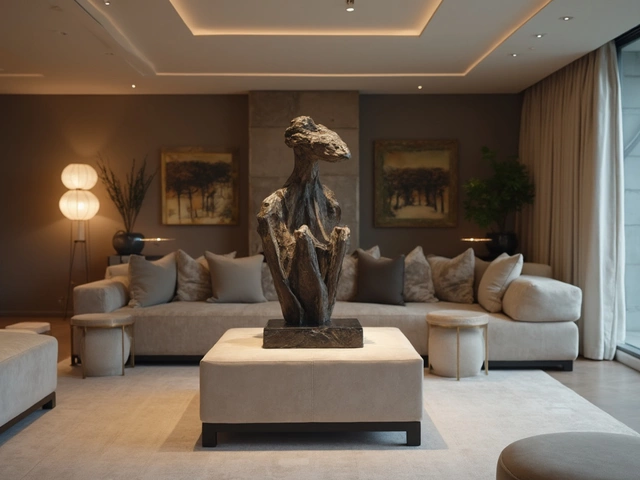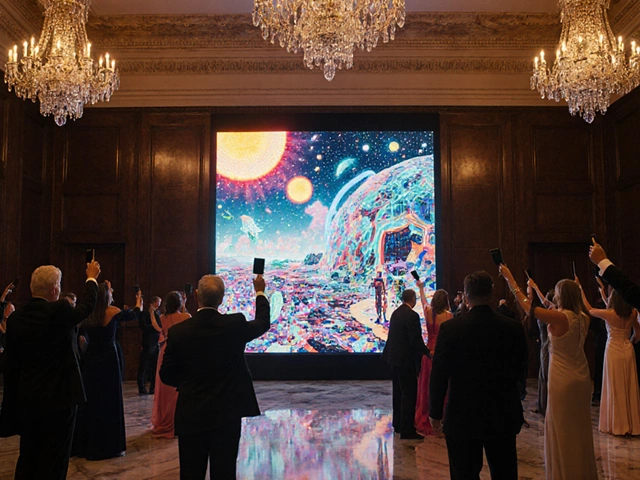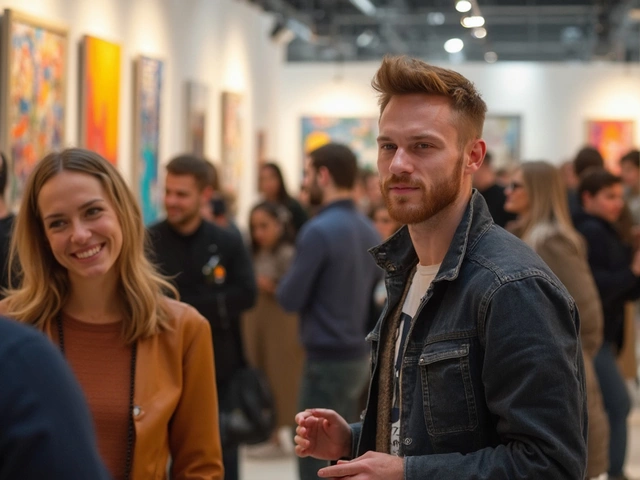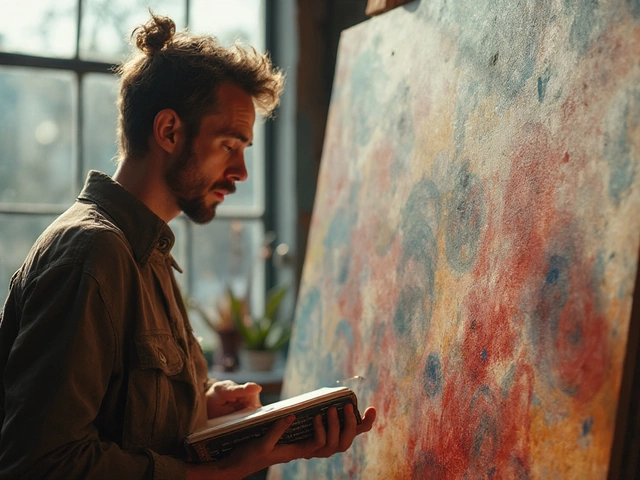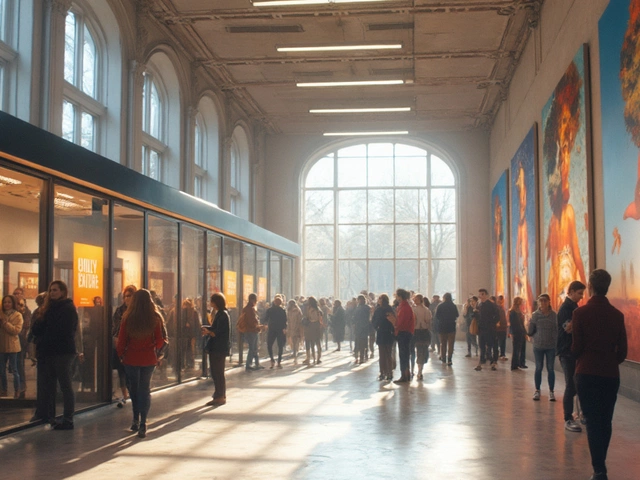Father of Contemporary Art – Who Shaped Today’s Creative Landscape
When talking about the father of contemporary art, the figure credited with kicking off the ideas, attitudes, and practices that define today’s art scene. Also known as the originator of contemporary art, this role is usually linked to a handful of bold innovators who broke the rules of modern art and paved the way for conceptual art.
One name keeps popping up: Marcel Duchamp, whose readymades turned everyday objects into museum pieces. Duchamp’s legacy shows how father of contemporary art isn’t just a title, it’s a mindset that says art can be an idea, a provocation, or a joke. That mindset fuels movements like Dada, which embraced absurdity, and minimalism, which stripped everything down to pure form. In short, the father of contemporary art encompasses conceptual art, demands innovation, and influences every new style that follows.
Why the Title Matters for Today’s Artists
Understanding the father of contemporary art helps you see why contemporary art feels so free‑form. Contemporary art requires a willingness to blur boundaries between painting, sculpture, performance, and digital media. It draws on the abstract art vocabulary of color, shape, and emotion, but adds a narrative or social twist. Artists who study Duchamp learn that the concept behind a piece can outweigh the technical skill. That lesson shows up in today’s street art, video installations, and even AI‑generated works, where the idea drives the execution.
Another key connection is how modern art set the stage. Modern art introduced new materials, new ways of seeing, and a break from academic tradition. The father of contemporary art builds on that foundation, insisting that art must constantly question its own purpose. This lineage creates a semantic triple: modern art influences the father of contemporary art, who in turn reshapes contemporary art. Recognizing this chain helps you trace why certain themes—like identity, technology, or climate—appear across decades.
For beginners, spotting the father of contemporary art in a gallery is simpler than you think. Look for works that challenge the viewer, that ask “What is art?” instead of just showing a pretty picture. Duchamp’s Fountain is the classic example, but you’ll also find similar provocations in conceptual installations by artists like Sol LeWitt or Yoko Ono. Those pieces inherit the same rule: the idea matters more than the medium. That rule connects back to the core definition of the father of contemporary art and shows why the title stays relevant.
When you explore the posts below, you’ll see the father of contemporary art’s influence pop up in many guises. One article breaks down the three main types of abstract art, another explains why contemporary pieces can look “simple” yet hide deep concepts. You’ll also find practical guides on how to price portrait commissions or sell art prints—skills that modern creators need, just as Duchamp needed a platform to show his readymades. All of these topics trace back to the same question: how do we turn an idea into a valued artwork?
So, whether you’re an emerging painter, a digital creator, or just someone curious about why a urinal became famous, the father of contemporary art offers a lens to decode the whole scene. The next section lists articles that dive into abstract styles, landscape techniques, pricing strategies, and more—each tied to the pioneering spirit we’ve just outlined. Dive in and see how the legacy of that one daring figure still shapes what you see on the walls, screens, and streets today.
Father of Contemporary Art: Who Shaped Modern Creativity?
Explore why artists like Marcel Duchamp, Picasso, Pollock, Warhol, and Cindy Sherman are contenders for the title 'father of contemporary art' and learn how their groundbreaking ideas shaped today’s art scene.
Continue Reading